
Rollup-as-a-Service (RaaS) is no longer a niche innovation – in 2024, it became the backbone for Web3 startups seeking rapid, scalable, and cost-effective appchain deployment. The shift was catalyzed by Ethereum’s Dencun hard fork and a surge of new RaaS providers, each racing to lower the technical and financial barriers for blockchain builders. The result? A landscape where launching a custom, production-grade rollup is as accessible as spinning up a cloud server, and where founders can focus on product-market fit rather than node orchestration or protocol maintenance.

Why 2024 Was the Year of RaaS for Web3 Startups
Before RaaS, deploying an appchain was a months-long ordeal. Teams needed deep protocol expertise, DevOps firepower, and capital to stand up secure infrastructure. In 2024, this changed dramatically. RaaS providers like Instanodes, AltLayer, Caldera, and Zeeve delivered pre-configured rollup stacks, node management, analytics, and even compliance tooling as turnkey services. Startups could now launch their own Layer 2 or Layer 3 blockchains in days – sometimes minutes – and tap into battle-tested security and scalability without reinventing the wheel.
According to industry recaps, over 25 new rollups were integrated on platforms like Tenderly, mirroring the broader trend: composable scalability is now within reach for teams of any size. This democratization is fueling an explosion of appchain experimentation, especially in sectors like DeFi, gaming, and social dApps where custom blockspace and low fees are crucial for user growth.
“RaaS lets us focus on our users and business logic, not infrastructure headaches. Our appchain went live in under a week. ” – Web3 startup founder, 2024
Key RaaS Providers Reshaping the Appchain Landscape
Top Rollup-as-a-Service Providers Empowering Web3 in 2024
-
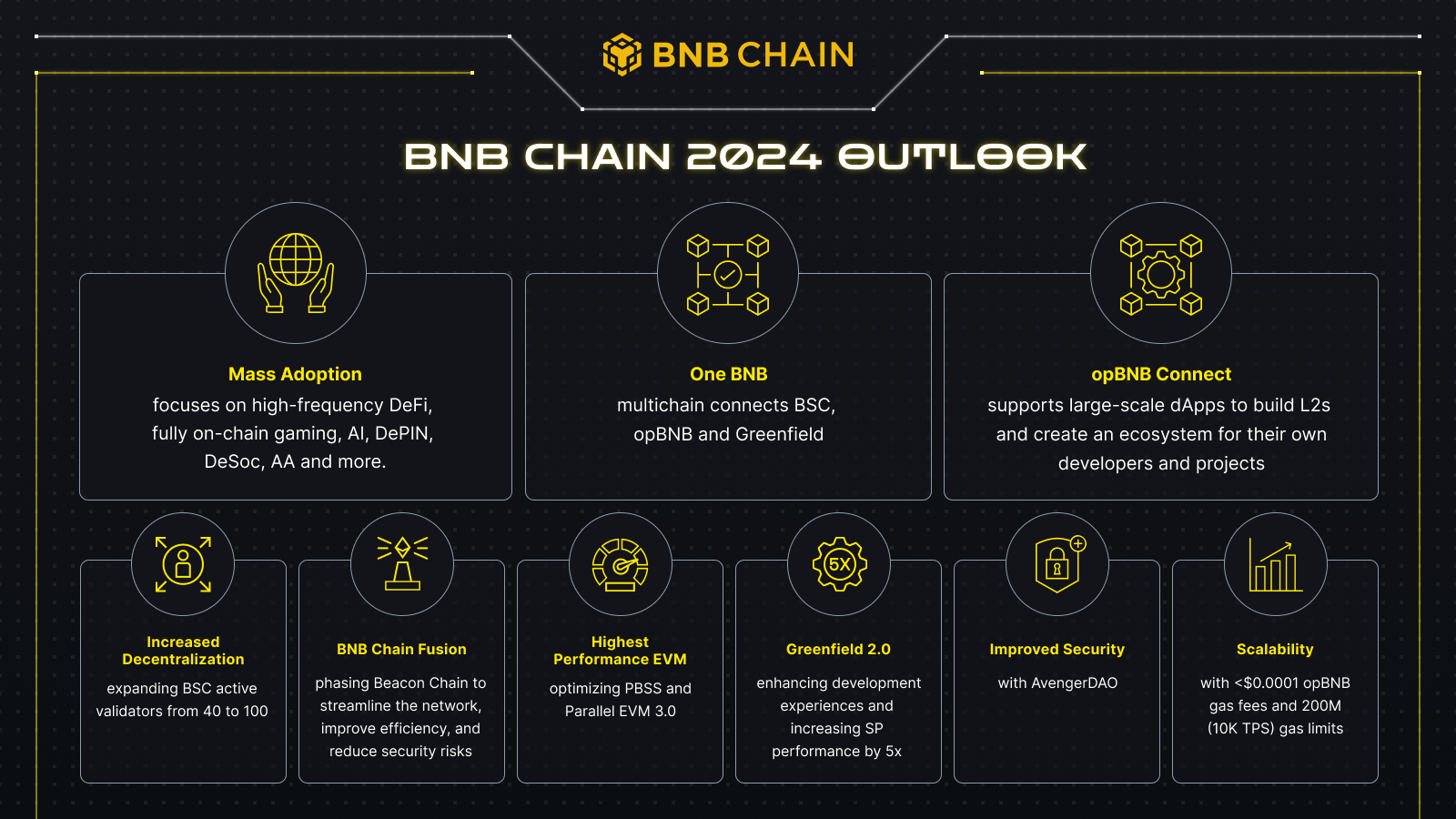
Instanodes: Renowned for supporting both zk-Rollups and Optimistic Rollups, Instanodes delivers end-to-end rollup services, including custom deployment, integration with major Layer 1s, and real-time analytics for appchain performance.
-
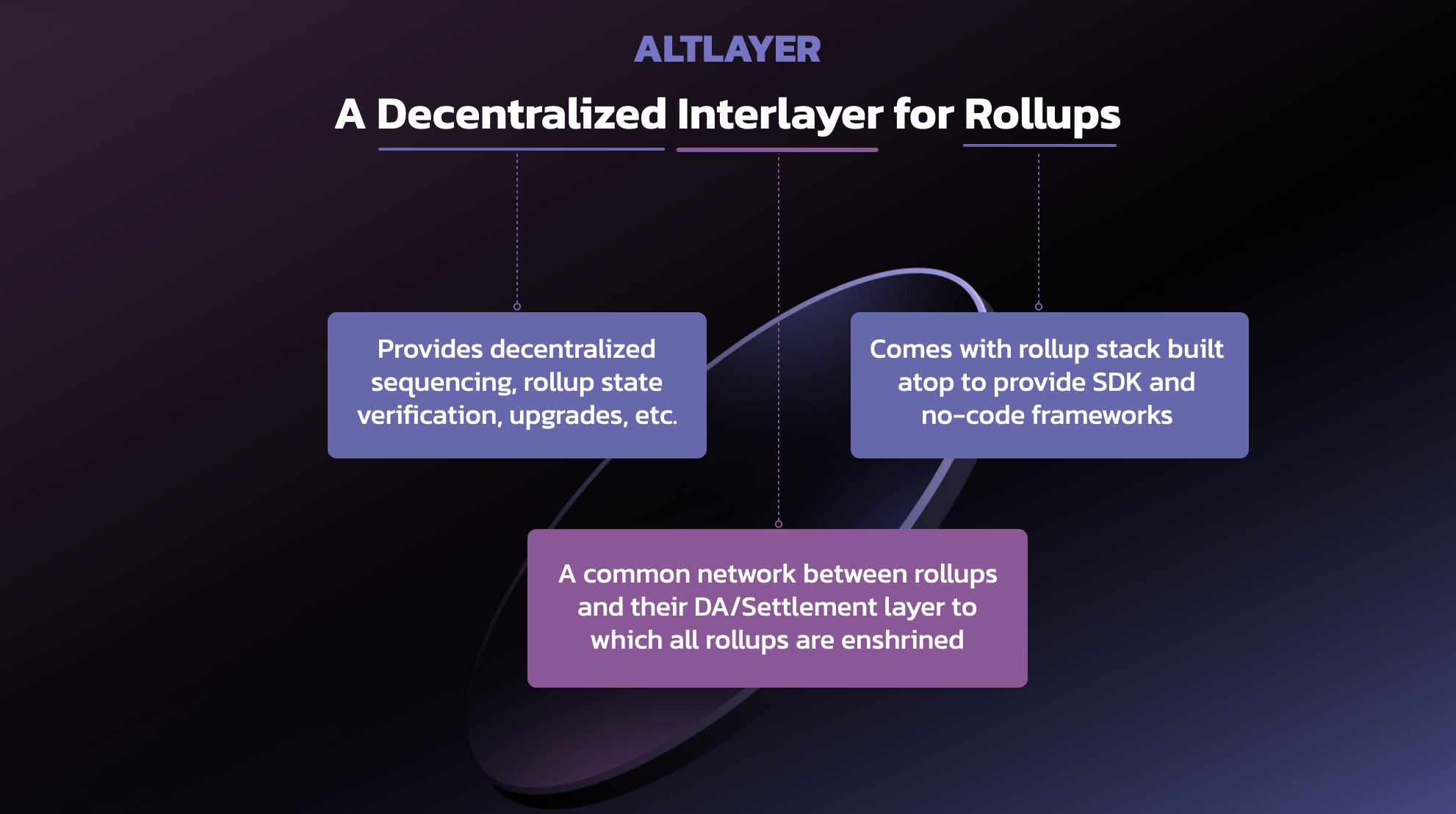
AltLayer: A pioneer of “flash layers”, AltLayer specializes in ephemeral rollups tailored for high-traffic events like NFT drops and gaming tournaments. Its modular stack supports multiple data availability layers and offers an open SDK for rapid appchain development.
-
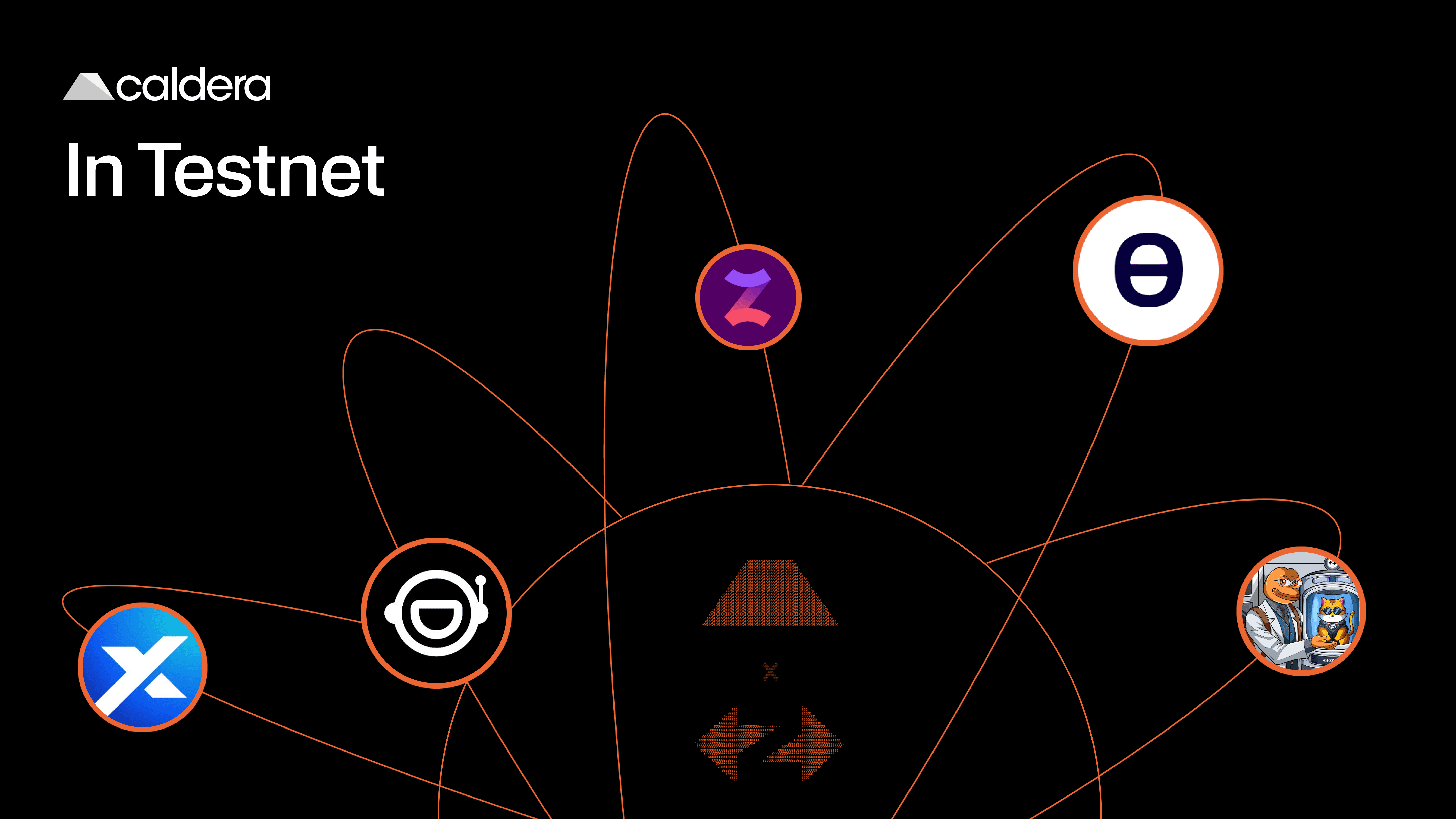
Caldera: Known for its rapid rollup deployment, Caldera enables projects to launch EVM-compatible appchains in minutes with a no-code dashboard, performance tuning, and seamless integration for gaming and social dApps.
-
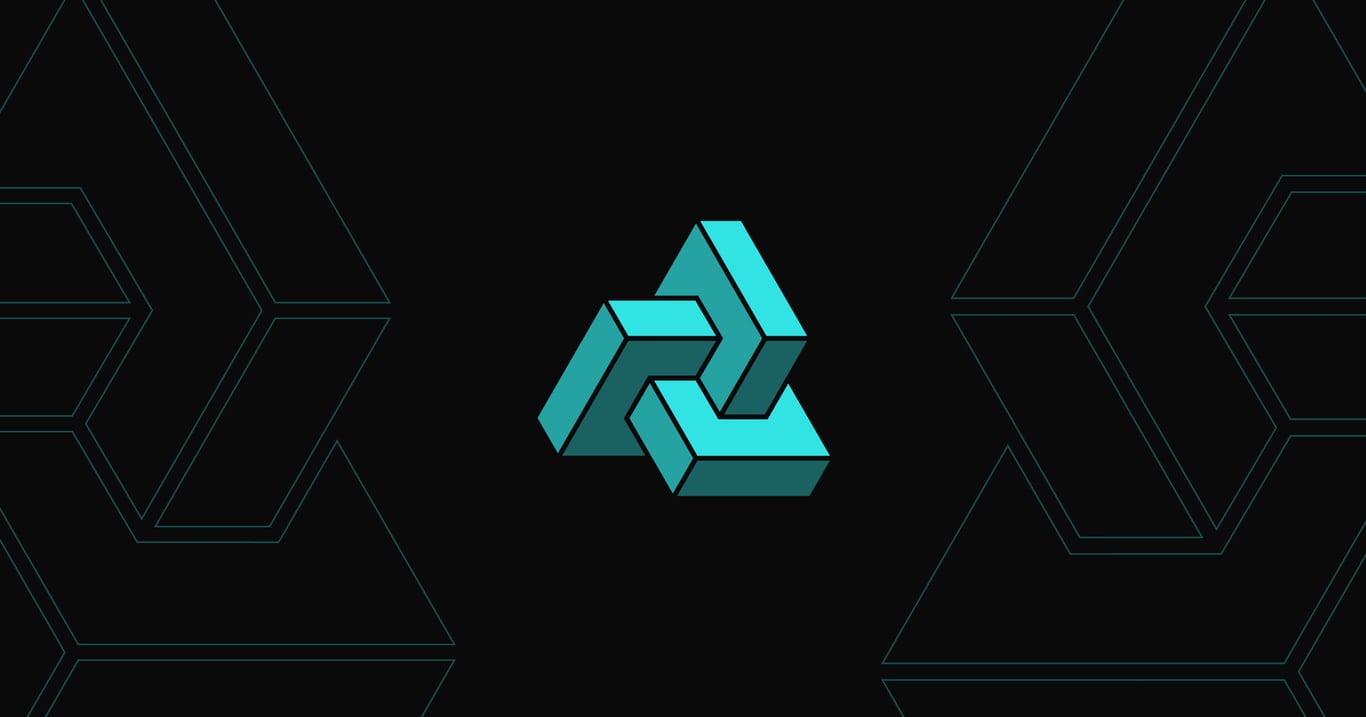
Conduit: This leading RaaS provider allows teams to spin up production-ready rollups with minimal effort, focusing on secure, high-performance infrastructure built on the OP Stack and other modular frameworks.
-
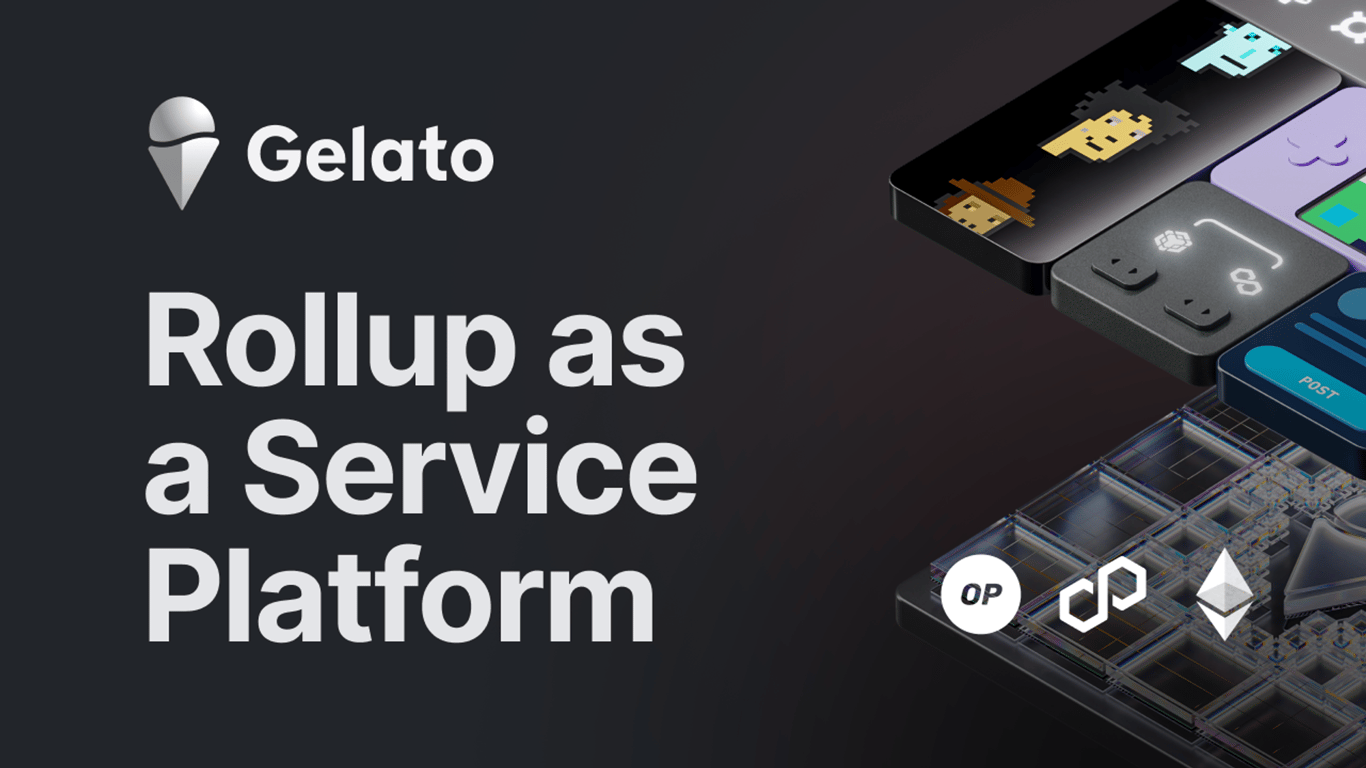
Gelato Rollups: Evolving from automation, Gelato now offers easy zk-rollup deployment with prebuilt integrations for major DeFi protocols, helping Web3 startups launch scalable, secure appchains quickly.
-
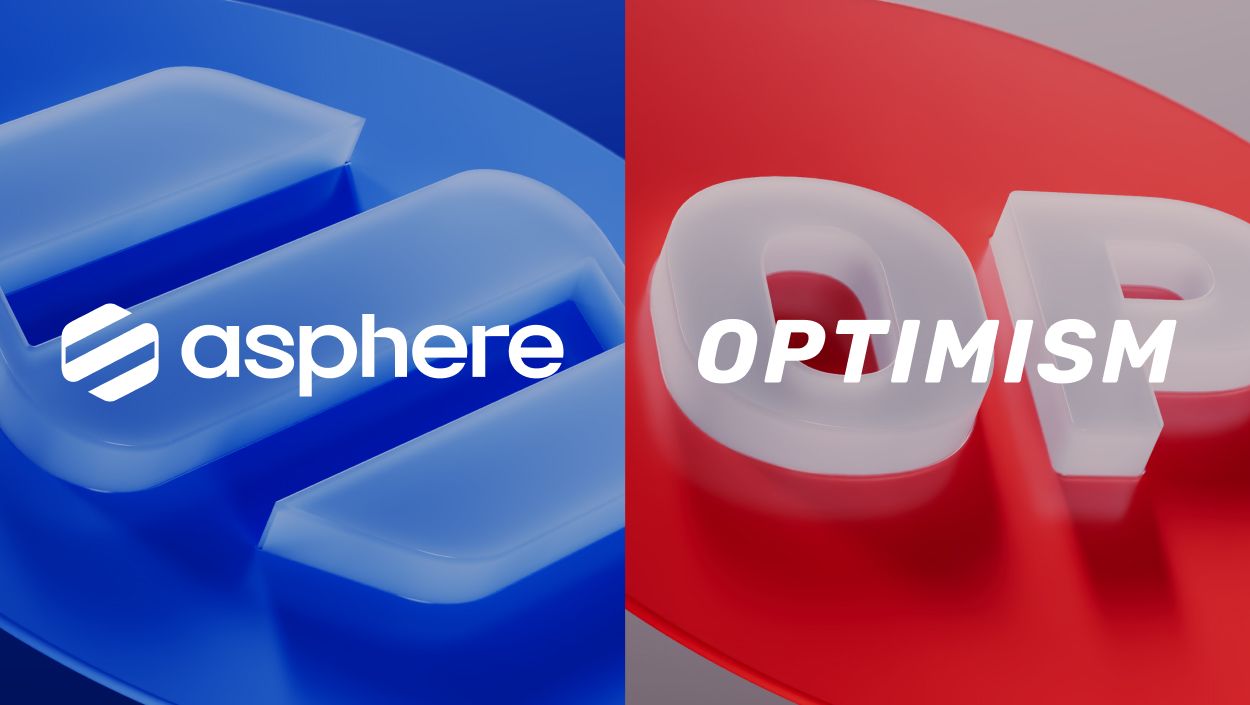
Asphere & Web3 Foundation: In partnership, they launched a no-code rollup deployment solution for the Polkadot network in 2025, empowering developers and enterprises to create high-performance, interoperable rollups with an intuitive interface.
-
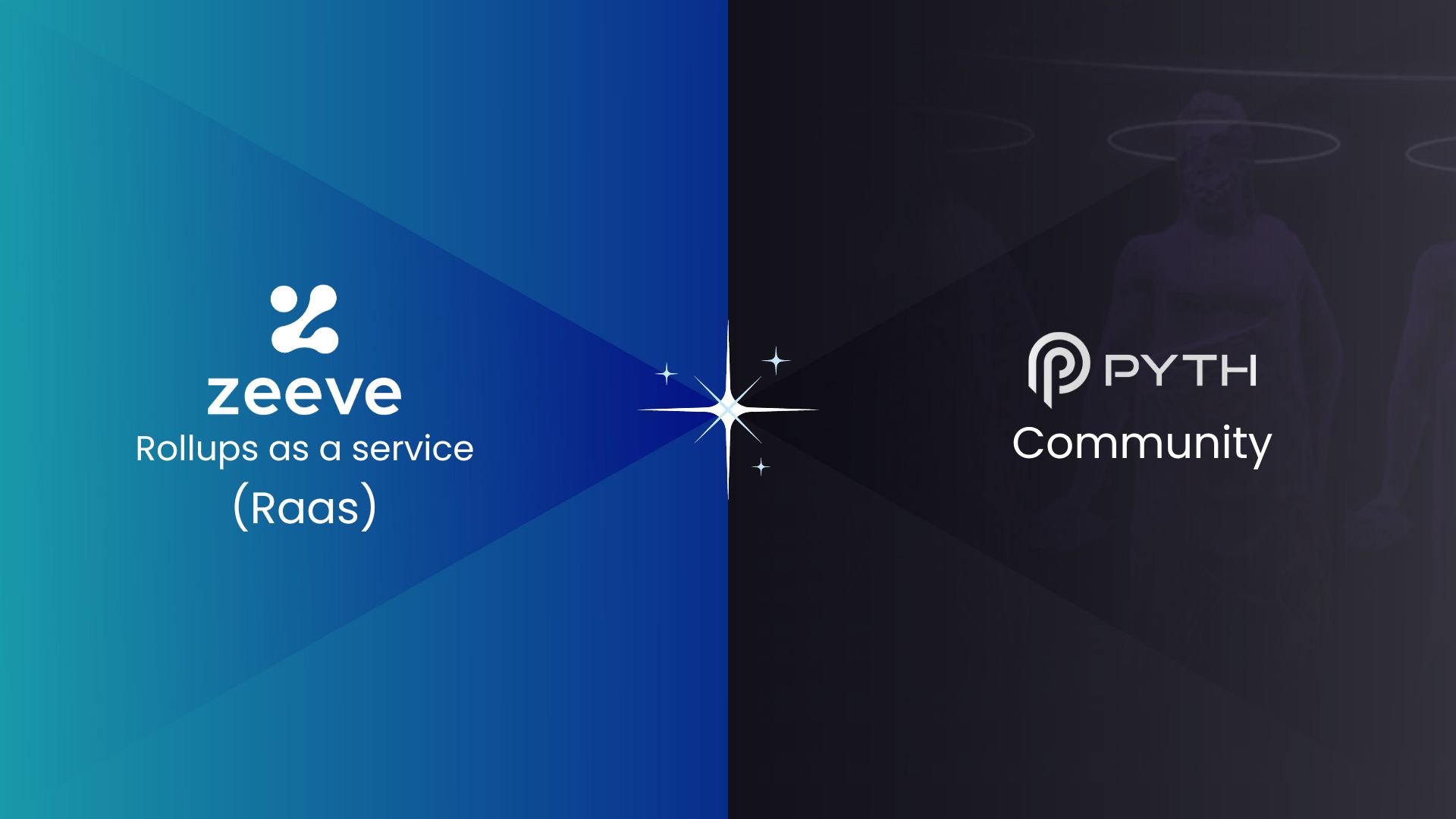
Zeeve’s Rollups-as-a-Service: Zeeve provides a comprehensive RaaS platform supporting both Optimistic and zk-Rollups, with custom configurations, auto-scaling infrastructure, integrated block explorers, and 24/7 monitoring backed by enterprise-level SLAs.
Each RaaS platform brings its own flavor to the table:
- Instanodes supports both zk-Rollups and Optimistic Rollups, with deep Layer 1 integration and real-time analytics.
- AltLayer introduced “flash layers” for ephemeral, high-throughput use cases like NFT drops and esports events.
- Caldera made headlines for no-code rollup deployment, EVM compatibility, and performance tuning designed for gaming and social apps.
- Conduit focused on secure, high-performance OP Stack rollups with minimal setup time.
- Gelato Rollups evolved from automation to easy zk-rollup launches with DeFi integrations out-of-the-box.
- Zeeve offered both Optimistic and zk-Rollups, custom configurations, and enterprise-grade reliability.
No-Code and Low-Code: Lowering the Barrier for Appchain Builders
The rise of no-code and low-code deployment options is arguably the most disruptive trend in the RaaS space. In May 2025, Asphere, in partnership with the Web3 Foundation, launched a no-code rollup deployment tool for Polkadot. This allowed developers to configure and deploy secure, interoperable rollups through a simple interface – opening the doors to mass adoption by non-technical founders and established enterprises alike.
Other providers followed suit, rolling out dashboards and wizards that abstract away consensus, data availability, and bridge configuration. The impact is profound: startups now spend less time wrestling with infrastructure and more time building differentiated user experiences. For many, this is the difference between shipping an MVP in weeks versus missing the market entirely.
The Strategic Edge: Customization, Security, and Scalability on Demand
What sets RaaS apart from generic Layer 2 solutions is the fine-grained control it offers. Startups can tailor blockspace to their app’s needs, set custom fee models, integrate with preferred data availability layers, and even choose between zk and optimistic rollup architectures. For sectors like DeFi or gaming – where latency, throughput, or compliance are non-negotiable – this flexibility is invaluable.
Security is another front where leading RaaS providers shine. With managed node infrastructure, automated monitoring, and enterprise SLAs (as seen with Zeeve), startups gain peace of mind without hiring an army of blockchain engineers. And as more providers offer modular SDKs and plug-and-play integrations, the cost of experimentation drops even further.
For Web3 startups, this new paradigm means they can iterate faster, pivot more easily, and scale their user base without being bottlenecked by infrastructure. The ability to deploy a custom rollup, optimized for unique business logic, tokenomics, or compliance requirements, has become a strategic lever, not just a technical feat. Projects in DeFi, gaming, and even enterprise use cases are leveraging RaaS to carve out specialized execution environments that would have been cost-prohibitive or technically daunting just a year ago.
The ecosystem’s momentum is further validated by the surge in cross-provider collaborations and rapid onboarding of new projects. Asphere’s no-code solution for Polkadot is a prime example, but even legacy infrastructure players are entering the space. Alchemy’s entry into RaaS in late 2024 signaled that even the most established Web3 infrastructure firms see appchain deployment as the next frontier in blockchain scalability.
The RaaS Impact: Speed, Inclusion, and Ecosystem Growth
The knock-on effects of RaaS extend well beyond developer convenience. By drastically reducing the time and resources needed for appchain deployment, RaaS platforms are making blockchain innovation more inclusive. Startups with limited funding or small engineering teams can now compete on a level playing field with larger incumbents. The barrier to entry for launching a new protocol, marketplace, or game is lower than ever.
This democratization is already visible in the diversity of new appchains hitting the market. From micro-economies powering creator platforms to highly specialized DeFi primitives, the ability to spin up a dedicated chain is fueling a renaissance of experimentation. The result? A more vibrant, resilient, and composable Web3 ecosystem, one where innovation isn’t stifled by infrastructure limitations.
What’s Next: Abstract Rollups and the Road Ahead
Looking forward, the evolution of abstract rollup technology will continue to push the boundaries of what’s possible in appchain deployment. Platforms like abstractwatch. com are at the forefront, offering highly customizable, secure, and scalable rollup stacks that integrate seamlessly with existing developer workflows. As modular data availability, cross-chain bridges, and privacy-preserving features mature, expect to see even more nuanced appchain architectures emerge.
For founders and developers, the message is clear: the infrastructure race is over. The winners will be those who leverage RaaS to deliver novel user experiences, unlock new business models, and rapidly adapt to the ever-changing demands of the Web3 landscape. The era of one-click, production-grade appchain launch is here, and it’s only getting faster.
Key Advantages of Rollup-as-a-Service for Web3 Startups
-
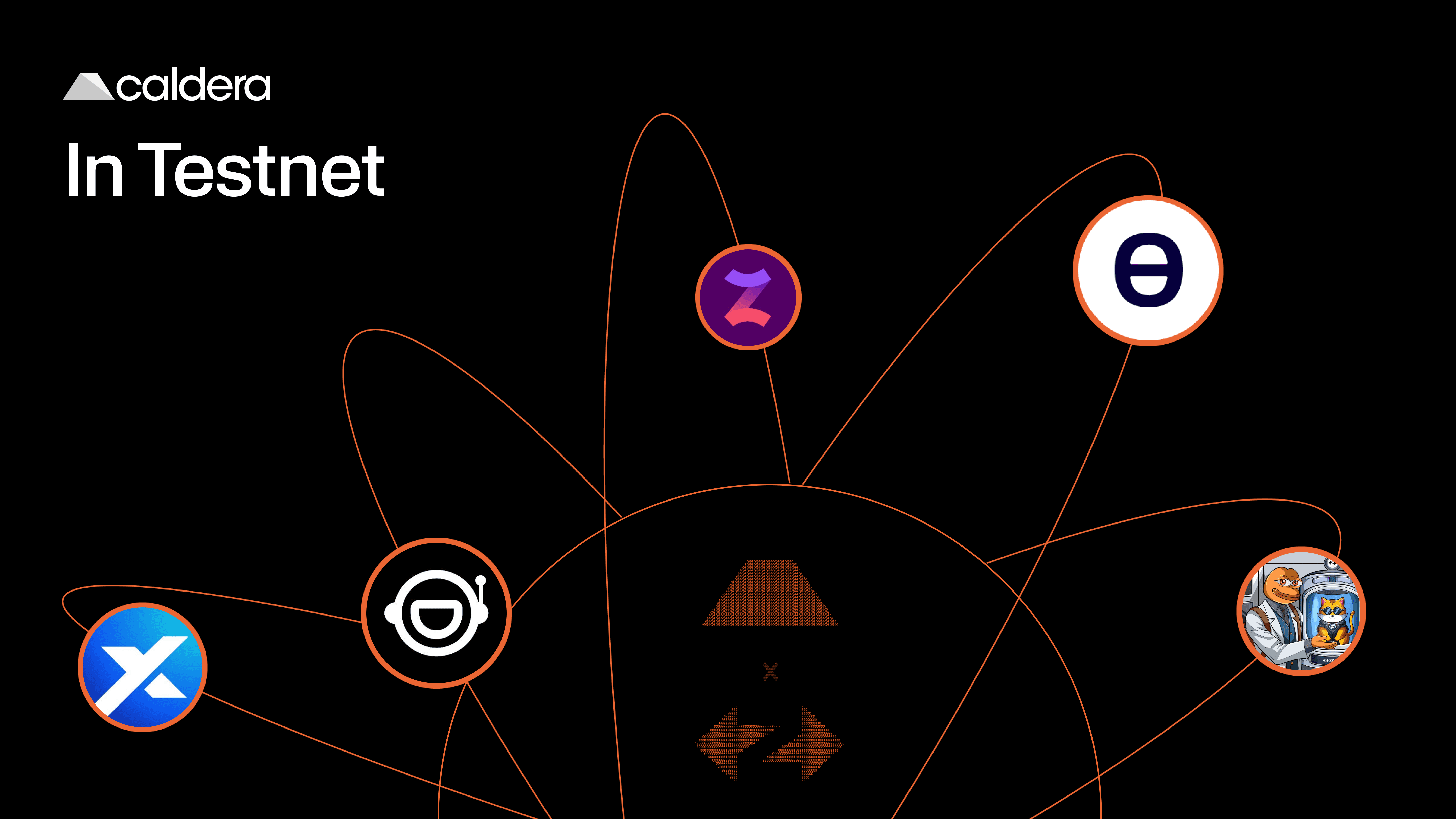
Accelerated Appchain Deployment: RaaS platforms like Caldera and Conduit enable startups to launch custom rollups in minutes, reducing time-to-market and allowing teams to focus on core product innovation.
-
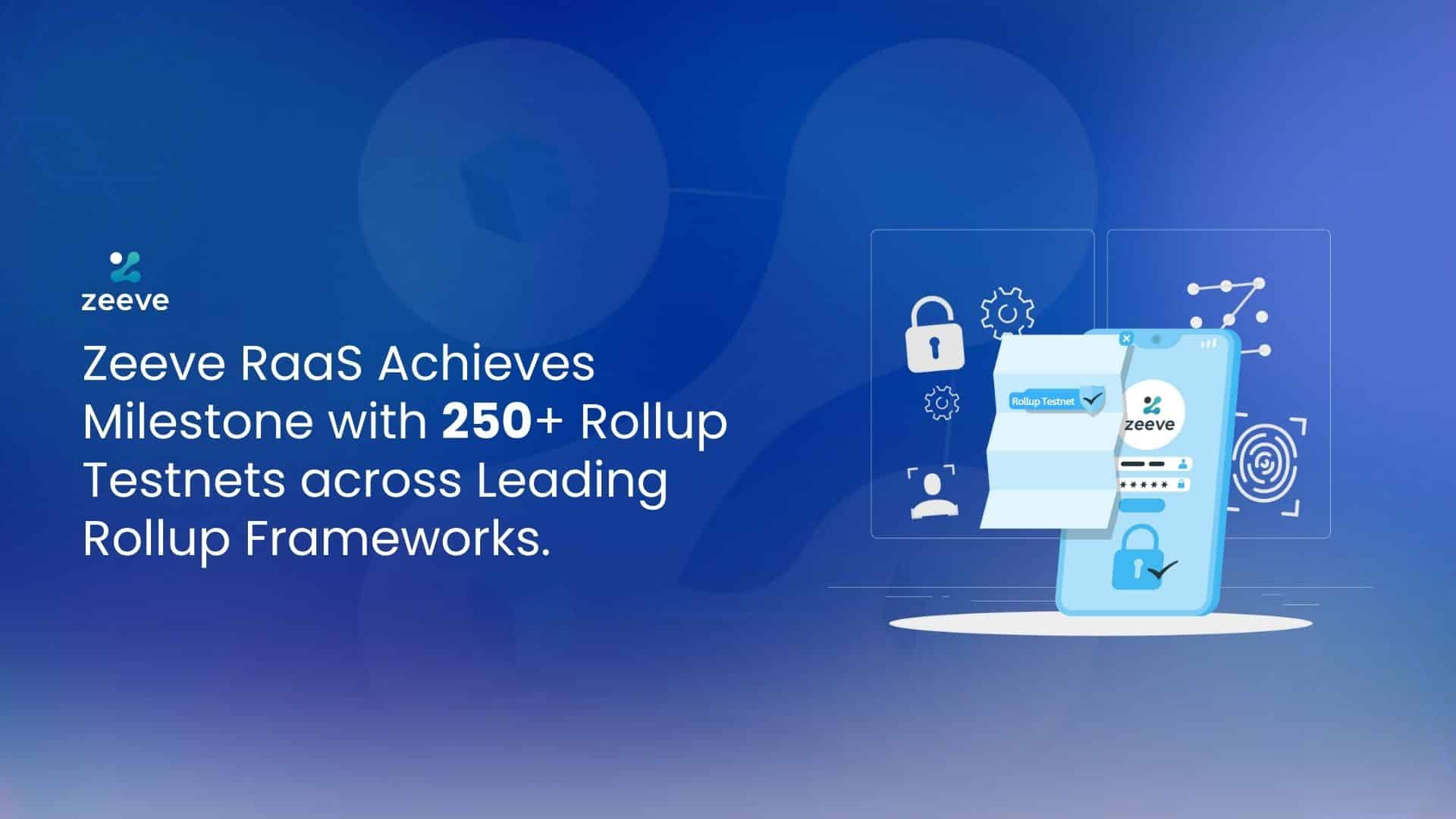
Cost-Effective Scalability: Leveraging managed infrastructure from providers such as Zeeve and Instanodes eliminates the need for costly in-house node management, offering auto-scaling and enterprise-grade SLAs for predictable operational expenses.
-
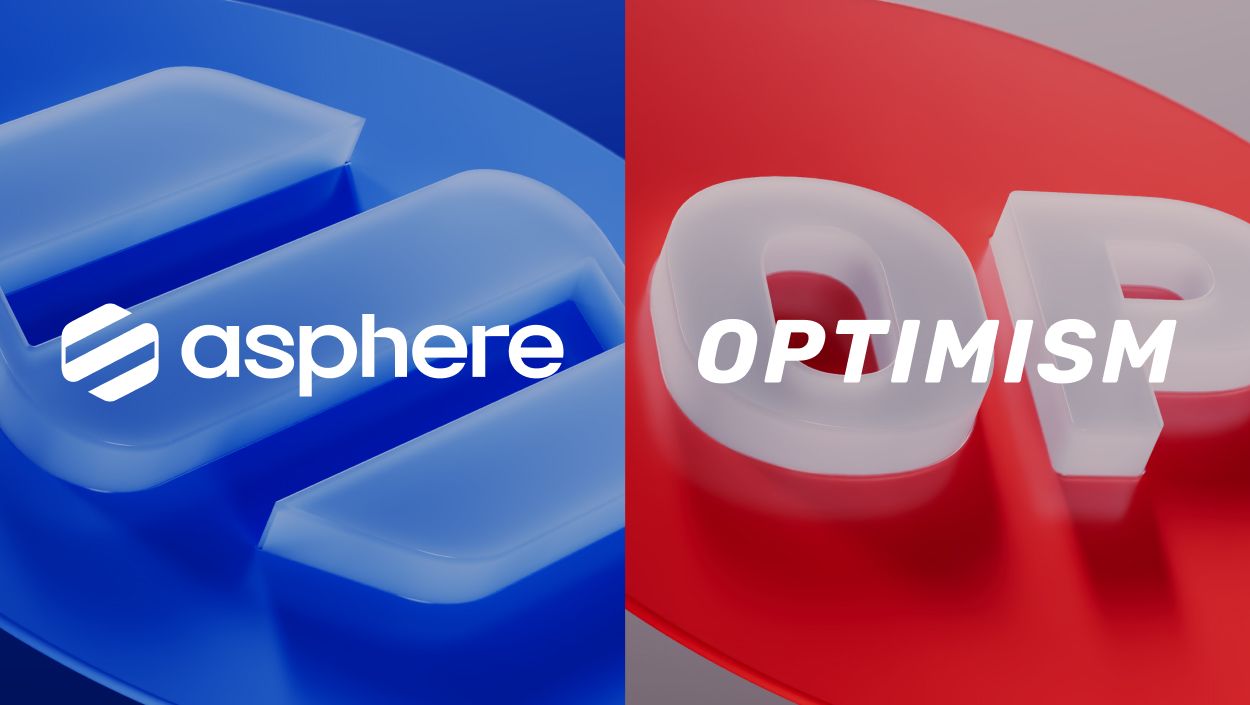
No-Code & Low-Code Solutions: Partnerships like Asphere and Web3 Foundation deliver no-code rollup deployment for Polkadot, empowering non-technical founders to build and launch interoperable blockchains quickly.
-
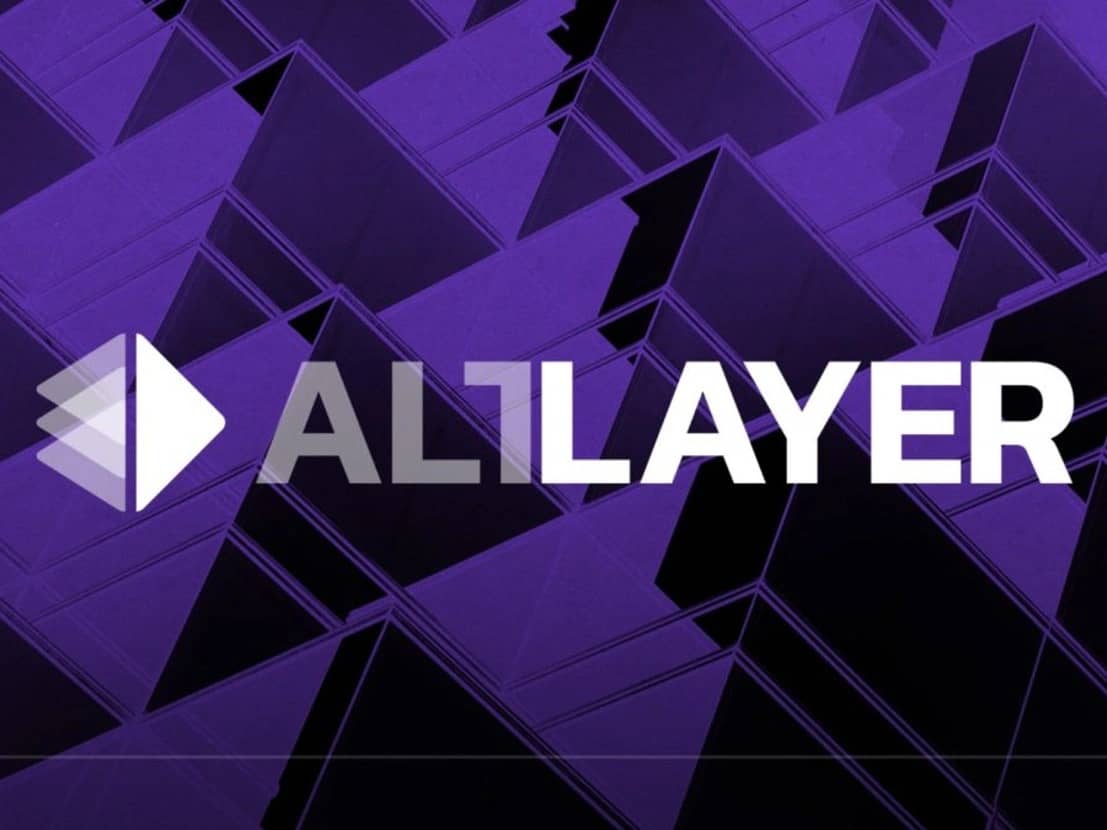
Customization & Flexibility: Platforms such as AltLayer offer modular architectures and open SDKs, allowing startups to tailor rollups for specific use cases—like NFT drops, gaming, or DeFi—without compromising performance.
-
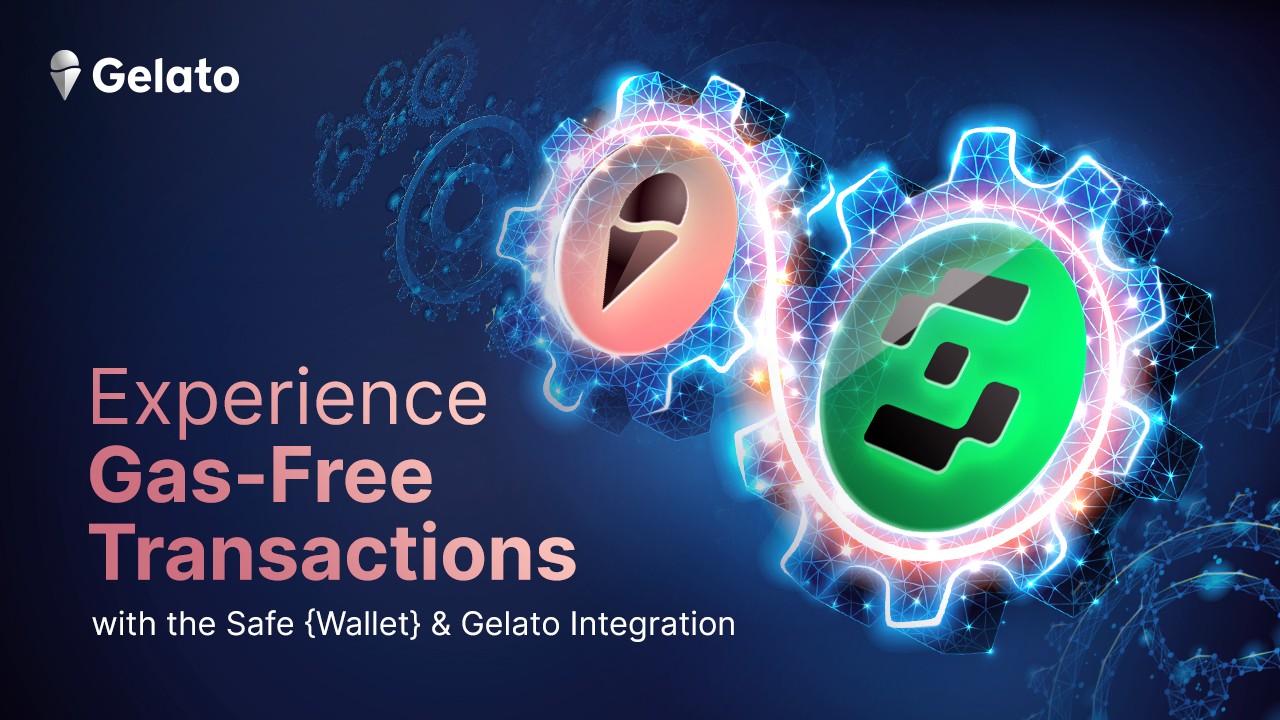
Integrated Ecosystem Tools: RaaS providers like Gelato Rollups offer prebuilt integrations with major DeFi protocols, analytics, and block explorers, streamlining the developer experience and accelerating ecosystem growth.
-
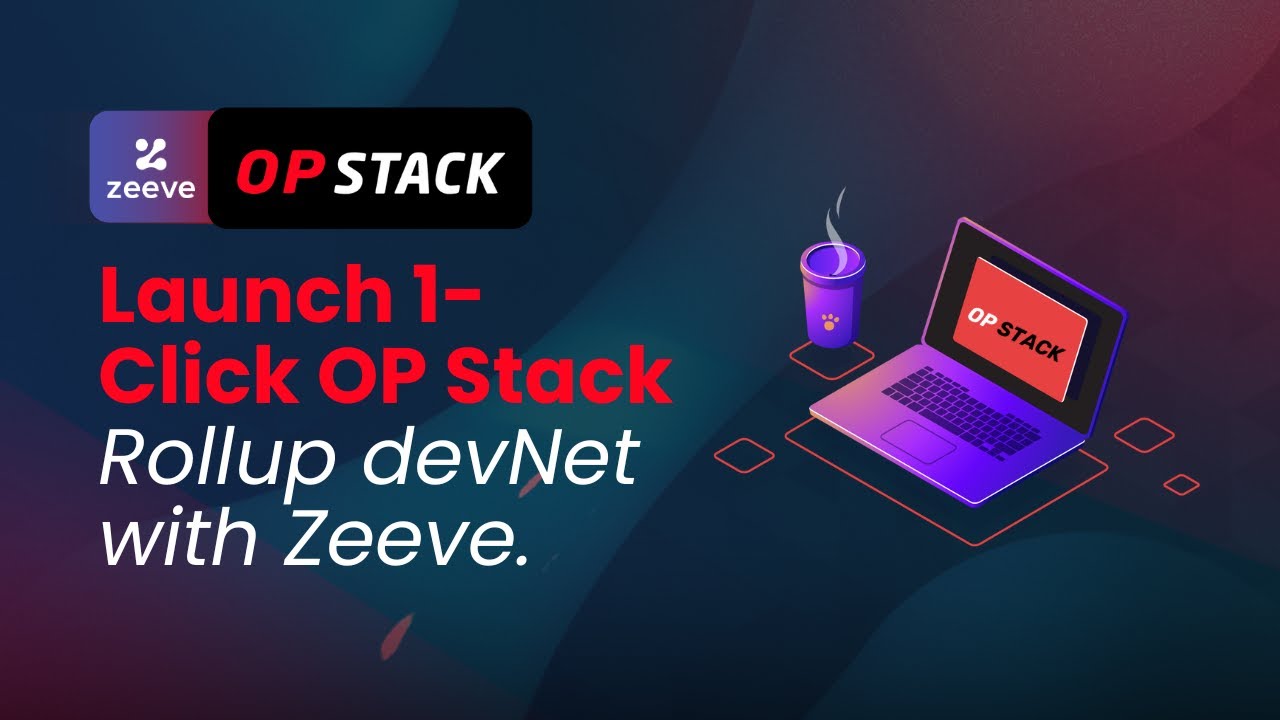
Enhanced Security & Reliability: Established RaaS platforms build on proven frameworks (e.g., OP Stack, zk-Rollups), providing robust security, 24/7 monitoring, and real-time analytics to safeguard appchains and user assets.
As the RaaS ecosystem matures, expect more granular control, deeper integrations, and even greater accessibility. The next wave of Web3 unicorns may well be built not by infrastructure maximalists, but by creative teams empowered by the flexibility and speed of rollup-as-a-service.






